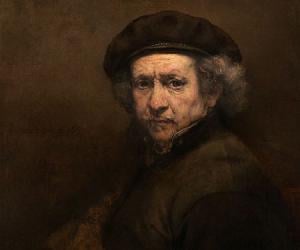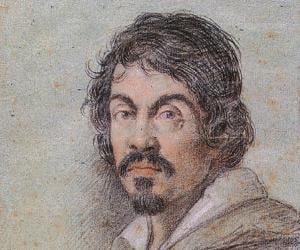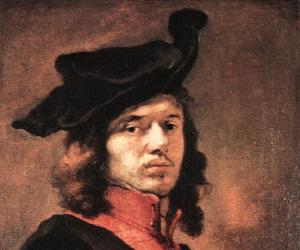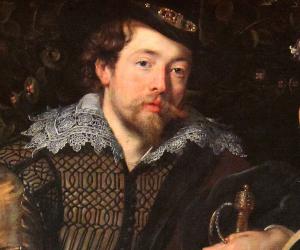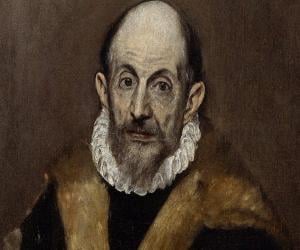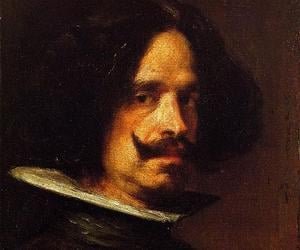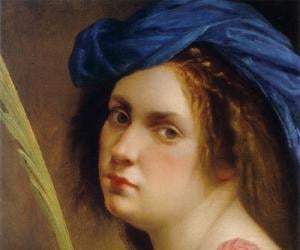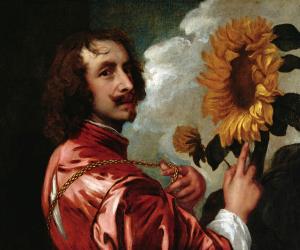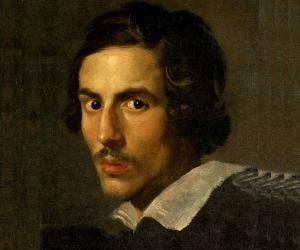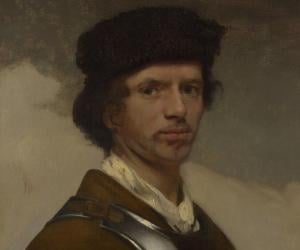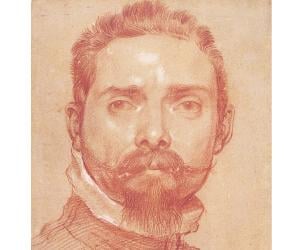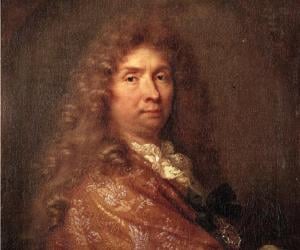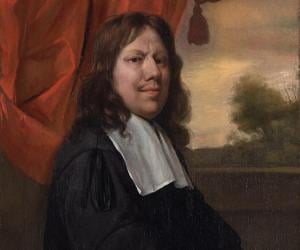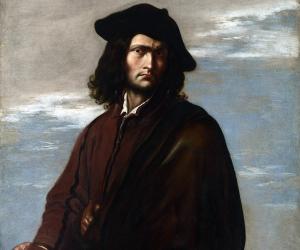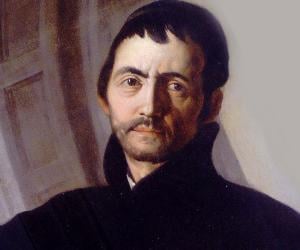Rembrandt was a Dutch printmaker, painter, and draughtsman. A master in three major art media, Rembrandt is widely considered the most important visual artist in Dutch art history and one of the greatest of all time. He is also considered the greatest etcher in the history of printmaking. His life and work inspired several films, including the 1936 movie Rembrandt.
Johannes Vermeer was a Dutch painter renowned for his use of light in paintings. Although he did not achieve fame during his lifetime, Vermeer's works gained popularity in the 19th century. Today, Vermeer is often counted among the greatest painters of the Dutch Golden Age. Over the years, Vermeer's work has inspired artists like Wilhelm Hammershoi and Thomas Wilmer Dewing.
Peter Paul Rubens is considered the most influential artist of the Flemish Baroque tradition. He lived during the Dutch Golden Age. His style of art emphasized movement, color, and sensuality. He painted altarpieces, portraits, landscapes, and history paintings and also drew cartoons for the Flemish tapestry workshops. He was a classically educated humanist scholar as well.
Diego Velázquez was a Spanish painter who served as the most important artist in King Philip IV's court. The leading artist of the Spanish Golden Age, Velázquez's work served as a model for impressionist and realist painters of the 19th century. In the 20th century, personalities like Salvador Dalí and Pablo Picasso re-interpreted some of Velázquez's most iconic images.
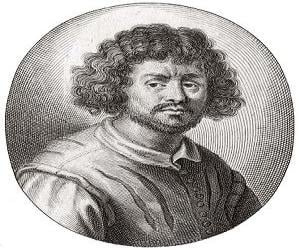
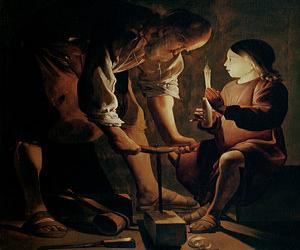
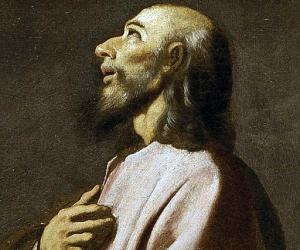
Francisco de Zurbarán was a Spanish painter known primarily for his religious paintings depicting monks, nuns, and martyrs. He was also famous for his still-lifes. His forceful use of the chiaroscuro style of painting gained him the nickname "Spanish Caravaggio." He was much respected during his lifetime and was appointed painter to King Philip IV.
Anthony van Dyck was a Flemish Baroque artist who started painting at an early age before going on to become the leading court painter in England. Although he is best remembered for painting the aristocracy, van Dyck also painted biblical and mythological subjects. In 1632, Anthony van Dyck received a knighthood from Charles I.
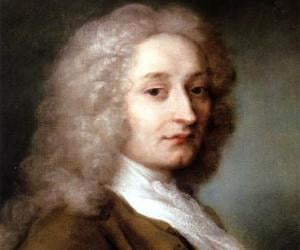
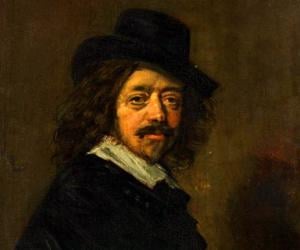
One of the most prominent painters of the Dutch Golden Age of painting, Frans Hals is renowned for his individual and group portraits as well as for his genre work paintings. He is known for loose painterly brushwork, colourful palette and lively style of painting. His work played a key role in the development of 17th century group portraiture.
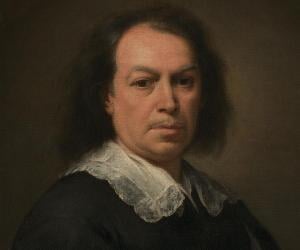
Bartolomé Esteban Murillo was a Spanish Baroque painter. He is most famous for his religious works. He also produced numerous paintings of contemporary women and children, especially of flower girls, street urchins, and beggars. He had many followers and pupils and was one of the founders of the Academia de Bellas Artes (Academy of Art).
Born to a schoolteacher and part-time painter father, Dutch painter Carel Fabritius learned painting from Rembrandt. A pioneer of the 17th-century Delft movement, he died in the deadly 1654 Delft gunpowder magazine explosion that ravaged most of the city and almost all his works. The Goldfinch remains his best-known work.
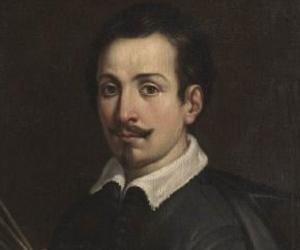
Italian Baroque painter Guido Reni was a major figure of the Bolognese School. His subjects were predominantly mythological and religious figures. Initially inspired by Annibale Carracci, he later deviated to lighter colors and free brushwork. His iconic works include the fresco Aurora and the composition Atalanta and Hippomenes.
Born to a tailor, Annibale Carracci set up a painters’ studio named Accademia degli Incamminati with his brother and cousin, thus establishing the famous Carracci family of painters. A significant figure of the Baroque movement, he is remembered for his iconic works such as Domine, Quo Vadis?

Flemish painter Jan Brueghel the Elder is perhaps best remembered for his floral still lifes and landscapes. The second son of legendary Flemish artist Pieter Bruegel the Elder, he was also nicknamed "Velvet" Brueghel and "Flower" Brueghel and was a court painter of Holy Roman Emperor Rudolf II.
Charles Le Brun was a French physiognomist, painter, and art theorist. He served as the director of many popular art schools of his time. He also served as the court painter to Louis the Great, who called him the greatest French artist. An influential artist of 17th-century France, Charles Le Brun's works are still preserved in the popular Louvre Museum.
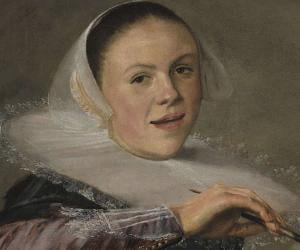
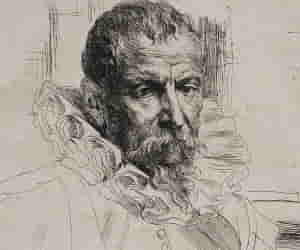
Flemish painter Pieter Brueghel the Younger was the eldest son of legendary Flemish painter Pieter Brueghel the Elder. Mostly known for re-creating his father’s works, he also created numerous original paintings, mostly depicting rural life. His works now adorn museums in cities such as Paris and Amsterdam.
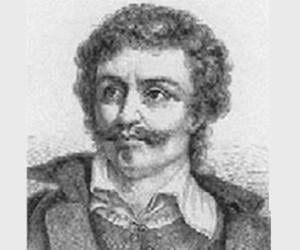
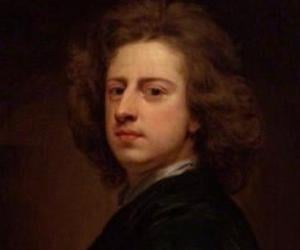
Jan Steen was a Dutch Golden Age painter, counted among the leading genre painters of the 17th century. Born into a wealthy family, he received training under prominent painter Nicolaes Knupfer. For several years, he worked with renowned landscape painter Jan van Goyen, whose daughter he later married. He painted portraits, still life, and historical, mythological, and religious scenes.
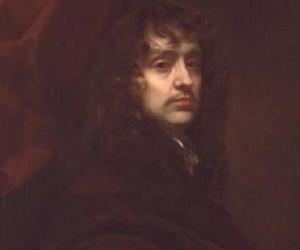
Painter of Dutch-origin Sir Peter Lely spent almost his entire career in England and emerged as the leading portrait-painter to the court of England. Many of his early English paintings reflect influences from Anthony van Dyck whom he succeeded as Principal Painter in Ordinary to the King. Windsor Beauties, a set of portrait paintings, is counted among his notable works.
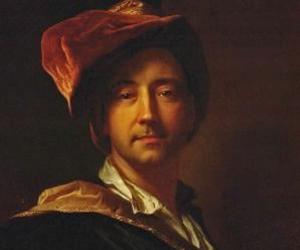
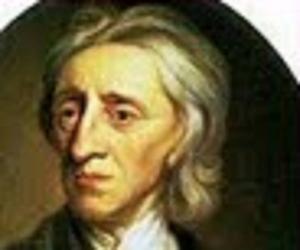
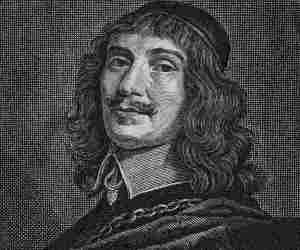
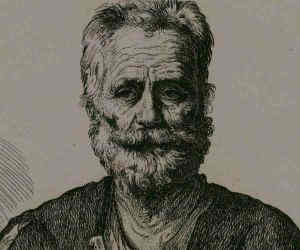
Jusepe de Ribera was a Spanish-Valencian Tenebrist painter and printmaker. He was also called Lo Spagnoletto ("the Little Spaniard") by his contemporaries. Little is known about his early life, though it is believed he studied at the Academy of Saint Luke. He spent several years of his career in Italy and was a leading painter in Naples.
Baroque painter and poet Salvator Rosa was born near Naples, to a land surveyor father, who wanted him to become a priest or a lawyer. However, Rosa deviated to art. Initially devoted to landscapes, he later focused on religious art. He is remembered as a pioneer of the Neapolitan school.
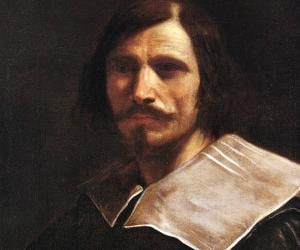
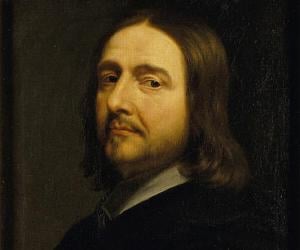

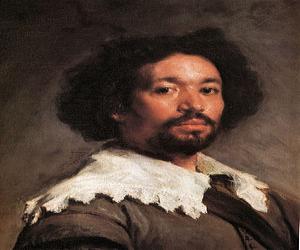
Born into slavery, Juan de Pareja began his artistic career assisting his master, painter Diego Velázquez, in his workshop, painting Portrait of Agustín Moreto while in slavery. Freed in 1650, which came into effect four years later, he continued to work as an independent painter, very soon developing his own style, creating masterpieces like The Calling of Saint Matthew.
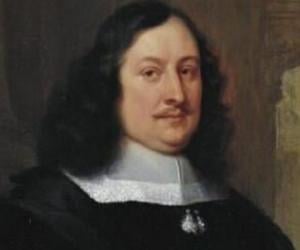
David Teniers the Younger was a Flemish Baroque painter, draughtsman, printmaker, staffage painter, miniaturist painter, copyist, and art curator. A prolific and versatile artist, Teniers was considered an innovator in a variety of genres such as genre painting, history painting, portrait, landscape painting, and still life. Today, he is remembered as the most important Flemish genre painter of his generation.
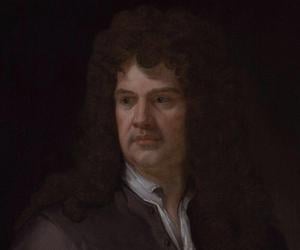
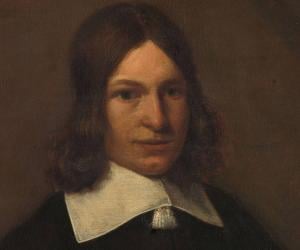
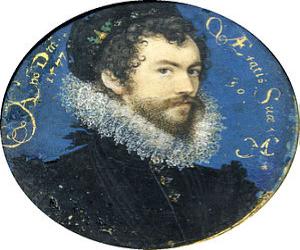
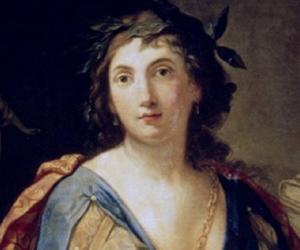
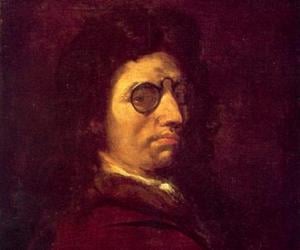
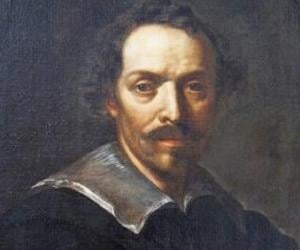
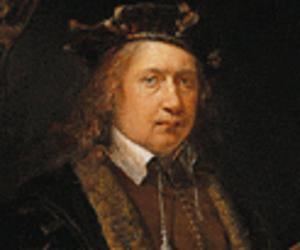

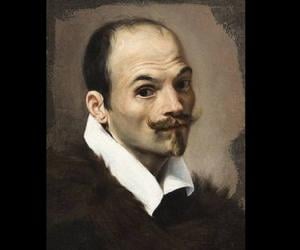

Pieter Claesz was a Dutch painter of still lifes who flourished during the Dutch Golden Age. He is best remembered for his work alongside other important Dutch Golden Age artist Willem Claesz Heda. Pieter Claesz and Heda worked in Haarlem and are credited with founding a well-known tradition of still life painting in the city.
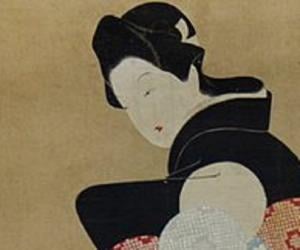
Japanese artist Hishikawa Moronobu is noted for popularizing the ukiyo-e genre of woodblock prints and paintings during the late 17th century. He is credited for producing the first ukiyo-e woodblock prints. A prolific illustrator, Moronobu worked in different genres and developed a unique style of portraying female beauties. He produced over 100 illustrated books and single-sheet images.
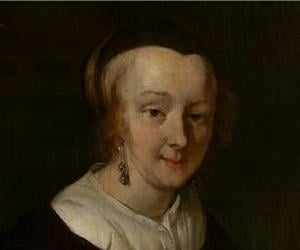
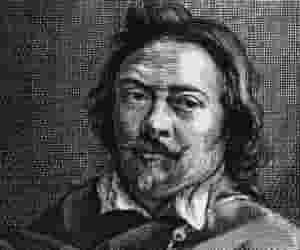
Flemish painter Jacob Jordaens was a major part of the Flemish Baroque movement. He is best remembered for his works such as Allegory of Fertility and known for his signature use of warm colors and scenes inspired by proverbs, mythology, allegories. He also designed many tapestries.
